
- •X 2.2 Rotagoni 300rpm 30sec hfb
- •Method and apparatus for removing a liquid from a surface of a substrate
- •1998, Now u.S. Pat. No. 6,491,764. This application also
- •60/079,688, U.S. Provisional application Set No. 60/084,
- •In a second embodiment of the first aspect of the invention,
- •In a second aspect of the invention, a method of removing
- •In a first embodiment of the second aspect of the invention,
- •In yet another embodiment, the substrate holder 102 and
- •In certain embodiments, a gas may be supplied to the
- •In certain embodiments, a method of removing liquids
- •In this method of removing liquids from a substrate 104,
- •In one embodiment, the first liquid is a non-wetting liquid
- •In experiment 1.2, the same experimental set up described
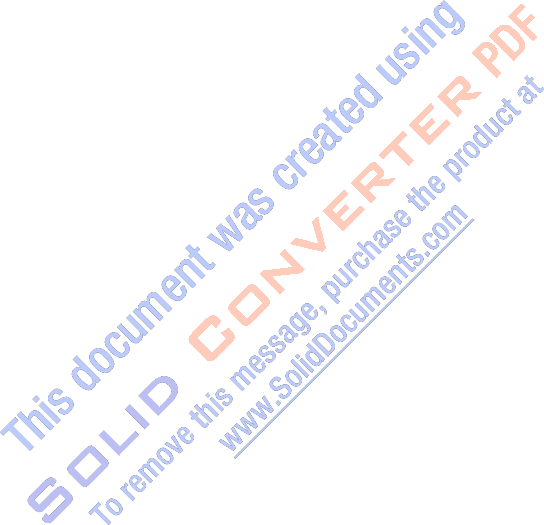
(12) United States Patent
 Hoisteyns
et
al.
Hoisteyns
et
al.
(10) Patent No.:
(45) Date of Patent:
US 7,527,698 B2
May 5, 2009
(54) METHOD AND APPARATUS FOR REMOVING A LIQUID FROM A SURFACE OF A SUBSTRATE
(75) Inventors: Frank Hoisteyns, Diest (BE); Marc Heyns, Linden (BE); Paul W. Mertens, l3onheiden (BE)
(73) Assignee: Interuniversitair Microelektronica
Centrum (IMEC, VZW), Leuven (BE)
(*) Notice: Subject to any disclaimer, the term of this patent is extended or adjusted under 35
U.S.C. 154(b) by 325 days.
(21) Appl. No.: 10/430,489
(58) Field of Classification Search 134/94.1,
134/95.1, 95.3, 99.1, 100.1, 181, 180, 902,
134/148, 153, 21, 23, 24, 25.5, 26, 30, 32,
134/33, 36, 42
See application file for complete search history. (56) References Cited
U.S. PATENT DOCUMENTS
3,954,649 A 5/1976 Lamberti 510/348 (Continued)
FOREIGN PATENT DOCUMENTS
07211686 8/1995 (Continued)
OTHER PUBLICATIONS
(22) (65)
Filed: May 6, 2003
Prior Publication Data
U52004/0045589A1 Mar. 11, 2004
Related U.S. Application Data
European Search Report, Application No. 98 87 0200 dated Jan. 6,
1999.
(Continued)
Primary Examiner—Sharidan Carrillo
(74) Attorney, Agent, or Firm——McDonnell Boehnen Hulbert
& BerghoffLLP
(60) Continuation-in-part of application No. 10/097,830, filed on Mar. 13,2002, now Pat. No. 6,568,408, which is a division of application No. 09/159,801, filed on Sep. 23, 1998, now Pat. No. 6,491,764.
(60) Provisional application No. 60/407,581, filed onAug.
30, 2002.
(51) Int.Cl.
BO8B 3/04 (2006.01)
(52) U.S. Cl 134/26; 134/21; 134/23;
134/24; 134/25.5; 134/30; 134/32; 134/33;
134/36; 134/42; 134/94.1; 134/95.1; 134/95.3;
134/99.1; 134/100; 134/148; 134/153; 134/180;
134/181; 134/902
(57) ABSTRACT
A method and apparatus for removing a first liquid from a surface of a substrate is provided. A second liquid is supplied to at least part of a surface of a substrate having a rotary movement. The rotary movement has a center of rotation and an edge of rotation. The second liquid is directed from the center of rotation to the edge of rotation using a nozzle. A dry zone is created on the substrate as the position of the spray moves from the center of rotation to the edge of rotation. As a result, the first liquid and the second liquid are removed from the surface of the substrate.
22 Claims, 13 Drawing Sheets
1000
 1006
1006
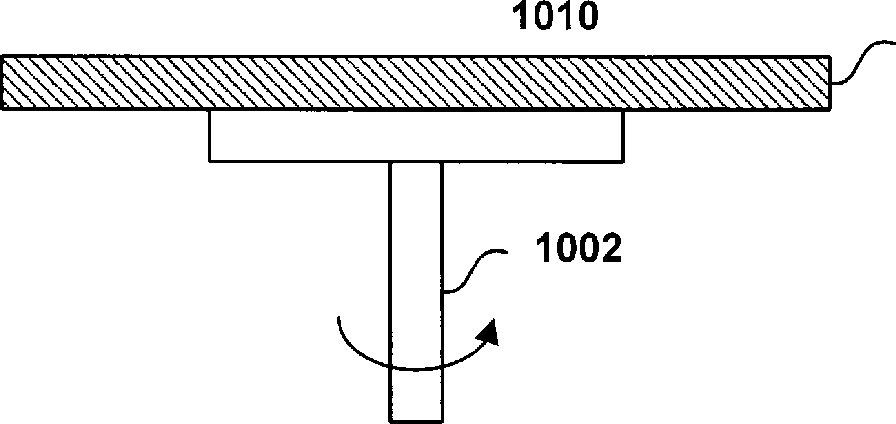
1004
Us 7,527,698 B2
 Page
2
Page
2
U.S. PATENT DOCUMENTS
5,997,653 A 12 1999
4,027,686
A
6
1977
Shortes
et
al
134
33
6,398,975
B1
62002
Mertenset
al.
Yamasaica 134 2
Mertensetal 134 1
4,838,289 A
4,871,417 A
6 1989
10 1989
Kottman et al. Nishizawa et al.
6,488,040 B14 122002 de Larios et al 134 95.2
6,491,764 B24 122002 Mertenset al 134 36
5,271,774 A
12 1993
Leenaars et al 134 31
6,770,151 B14 82004
Ravkin et al 134 33
5,375,291 A
12 1994 Tateyama et al.
6,851,435 B2 22005
Mertenset al.
5,601,655 A
2 1997
Boketal 134 1
2004 0115567 Al4 62004 Mandal et al 430 324
5,634,980 A
5,646,071 A
6 1997
7 1997
Tomita et al 134 3
Lin et al 438 763
2005 0121059 Al4 62005
Boydetal 134 102.3
5,660,642 A
8 1997
Britten 134 30
FOREIGN PATENTDOCUMENTS
5,705,223 A
11998 Bunkofske
5,873,380
A
2
1999
Kanno
134
102.1
5,882,433
A
3
1999
Ueno
13431
5,887,605
A
3
1999
Leeetal
134
102.2
5,945,351
A
8
1999
Mathuni
5,964,952
A
10
1999
Kunze-Concewitz
134
2
5 1998
Crowe
JP
938595
2
1997
JP
09162159
6
1997
* cited by examiner
(0
0
![]()
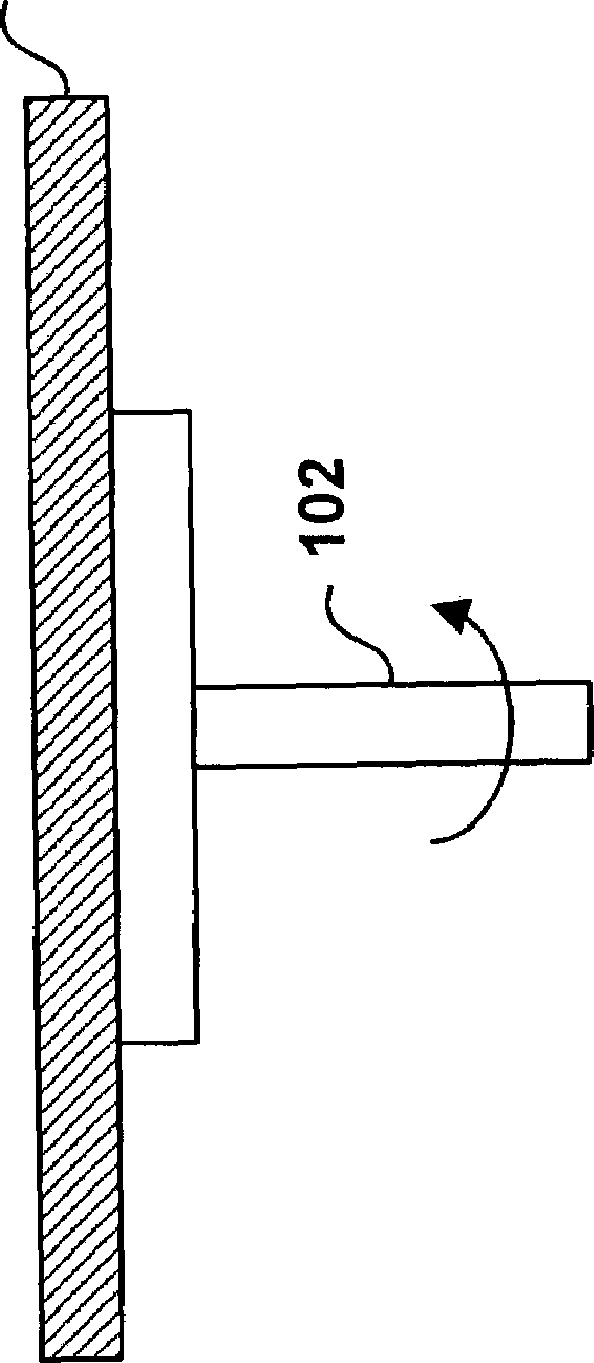
![]()


Co
0
![]()
0
0
![]()
![]()
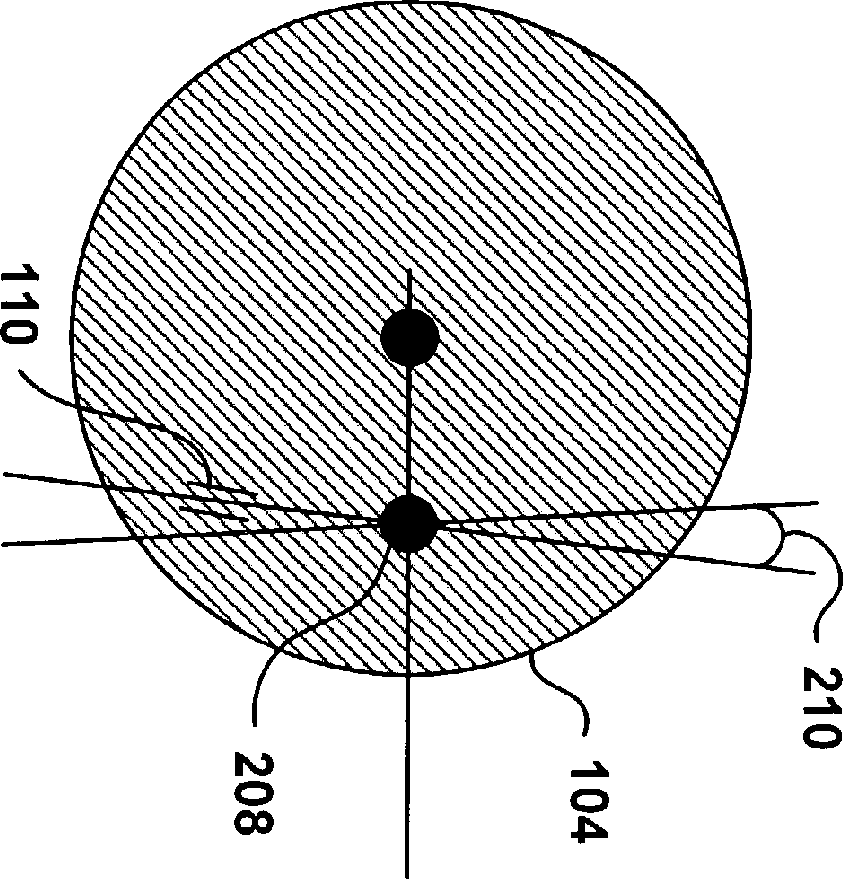
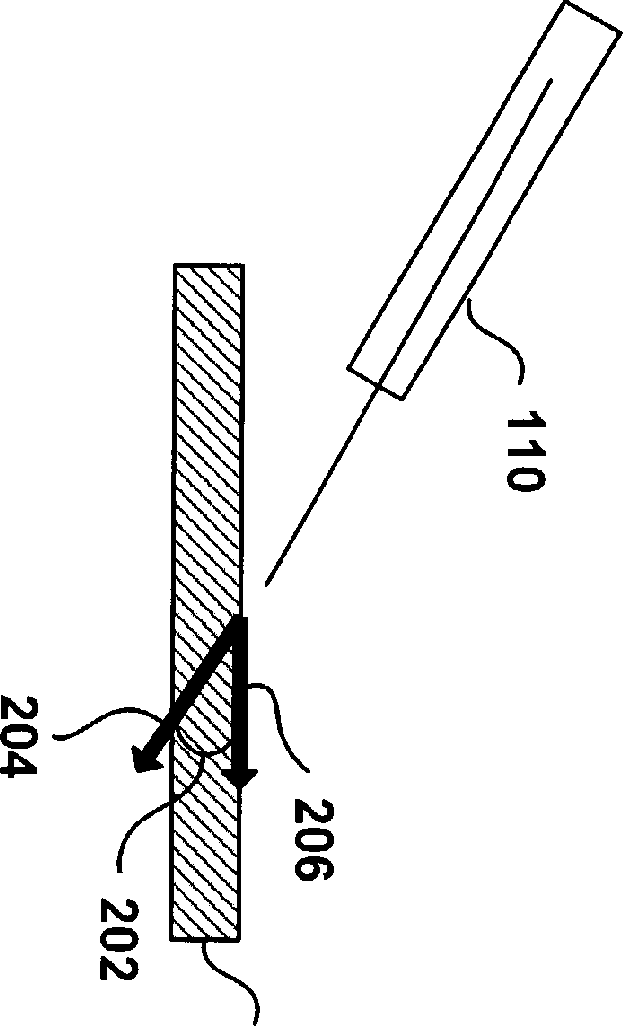
0-
![]()
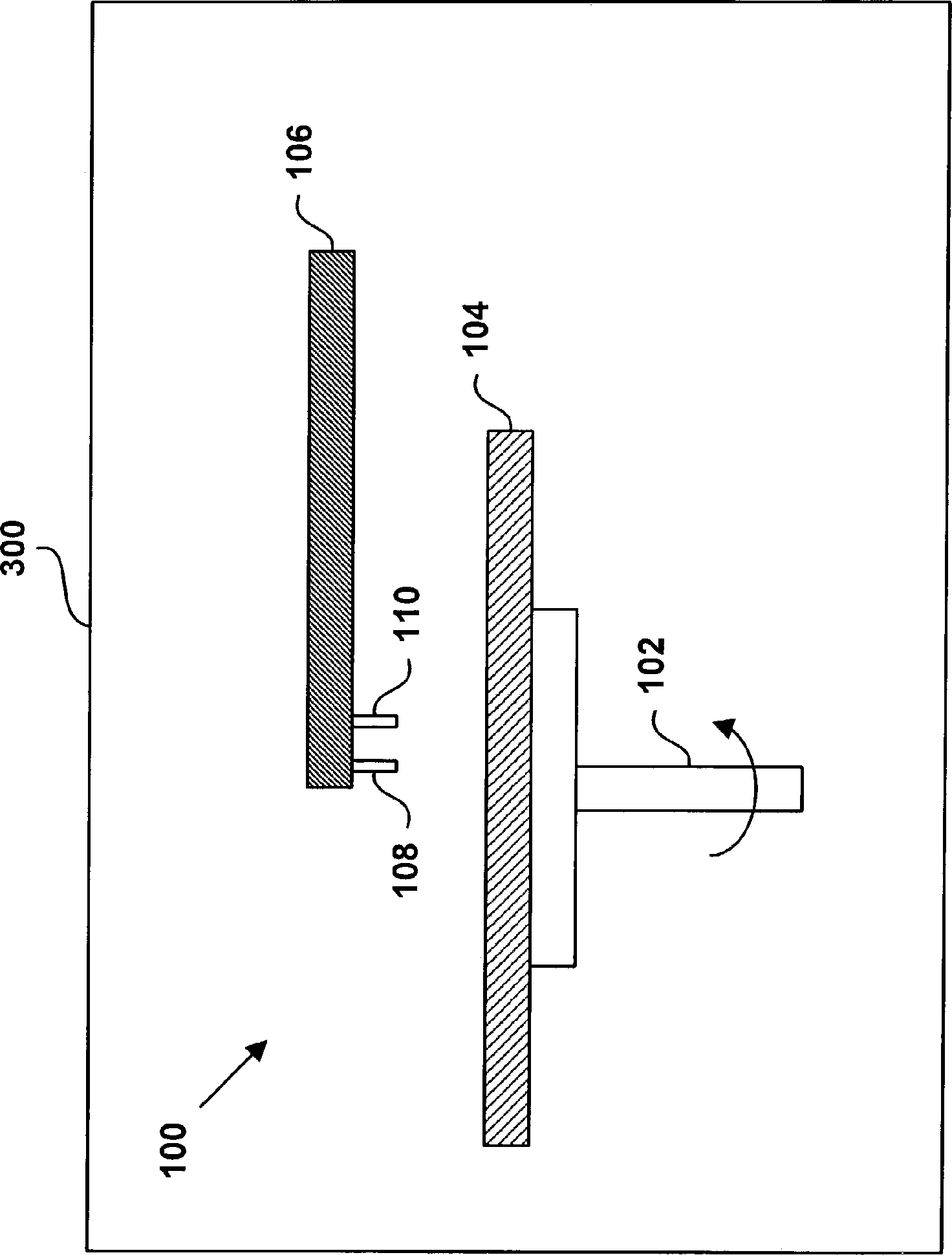
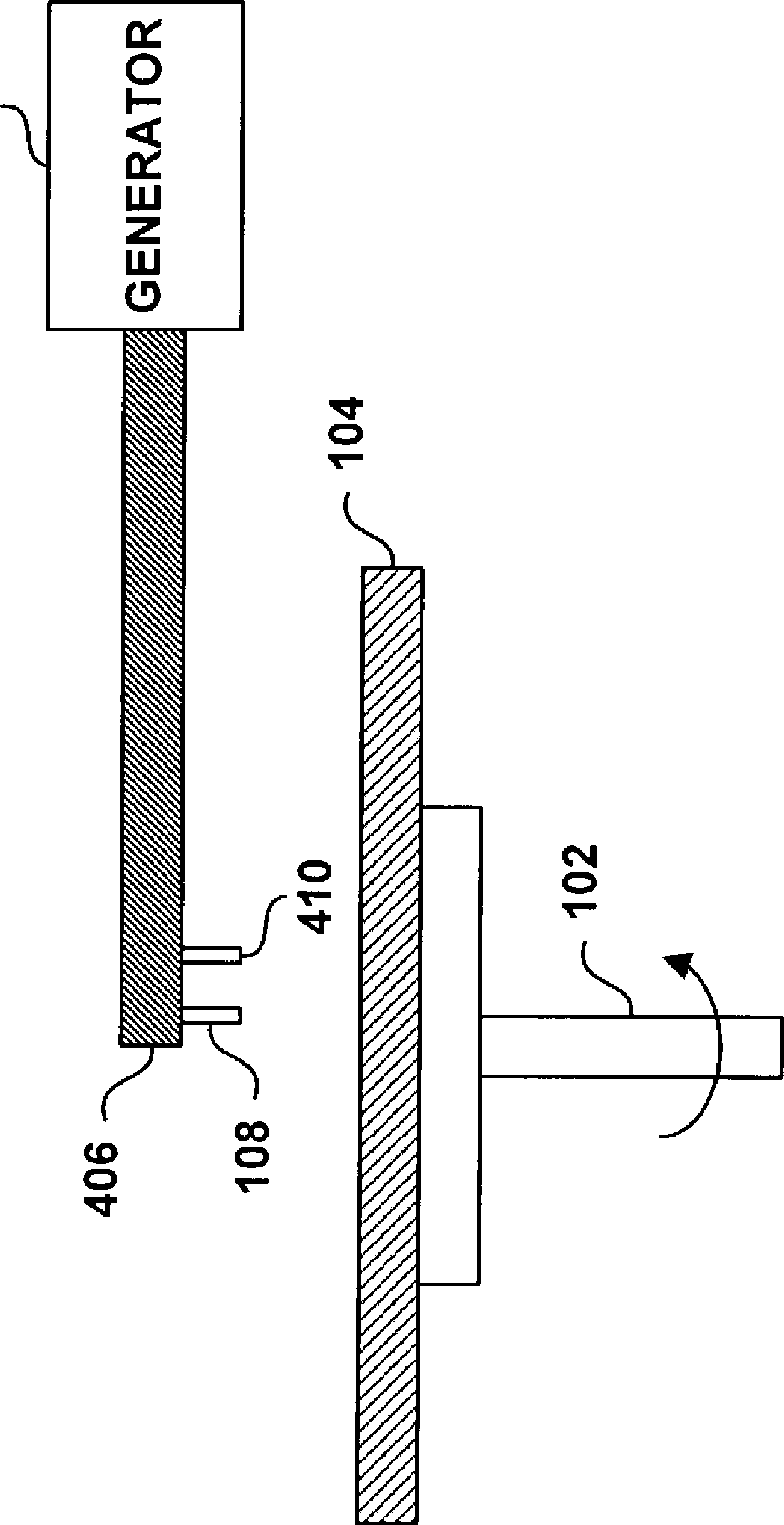
0
LL
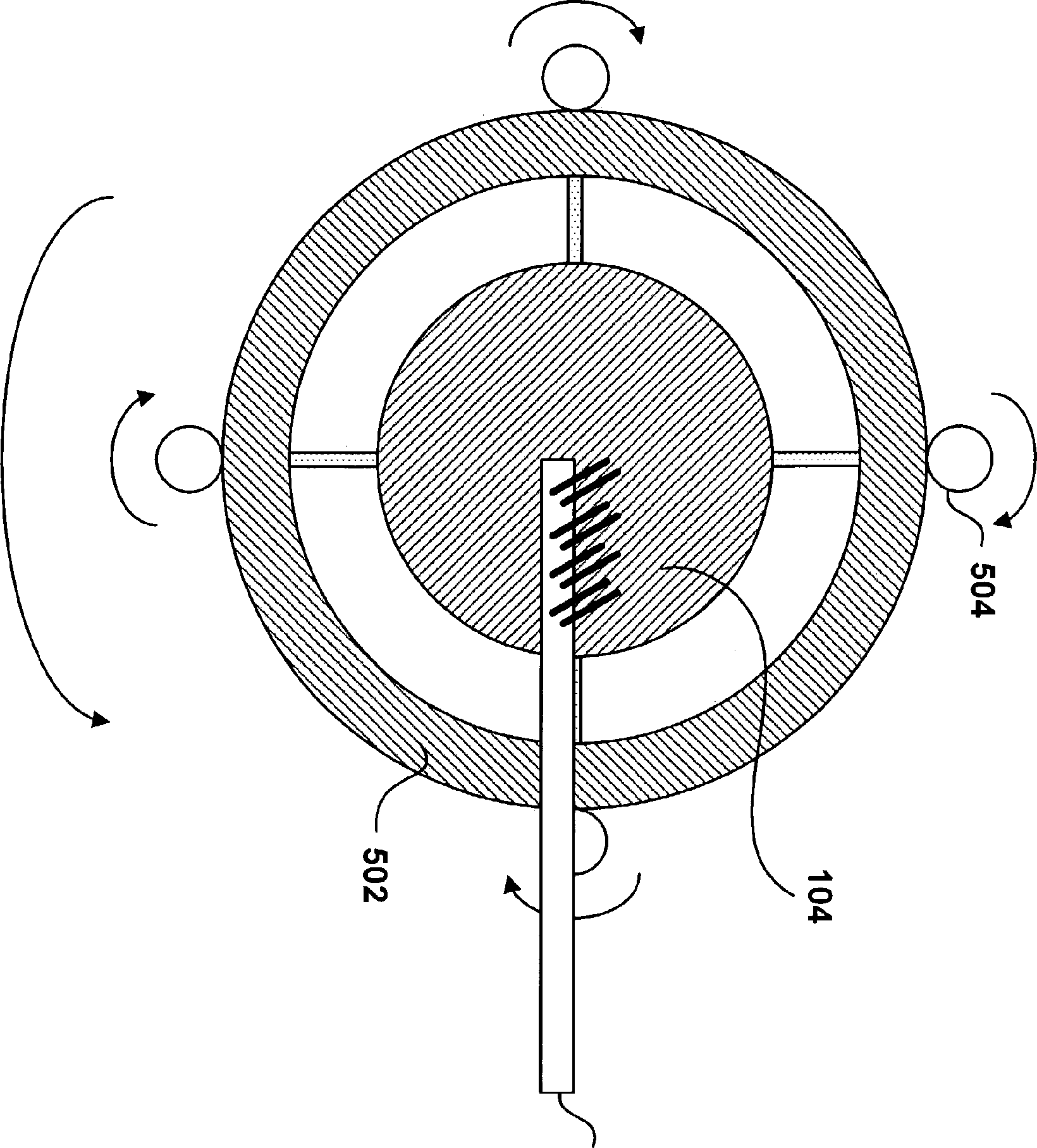
![]()
0a)
![]()
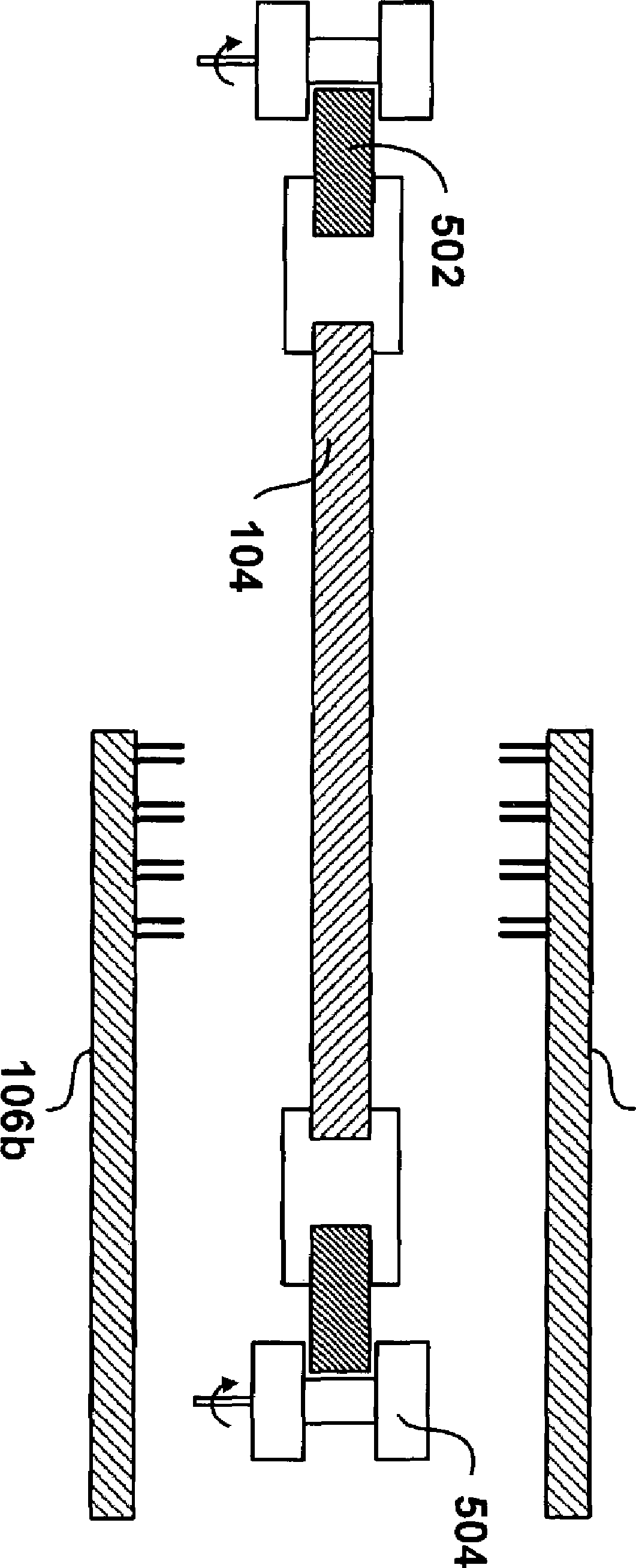
0
0
![]()
til 869’Lt9’L Sf1
jjo 9JL 6001 ‘c A1q,4J 1u11J
![]()
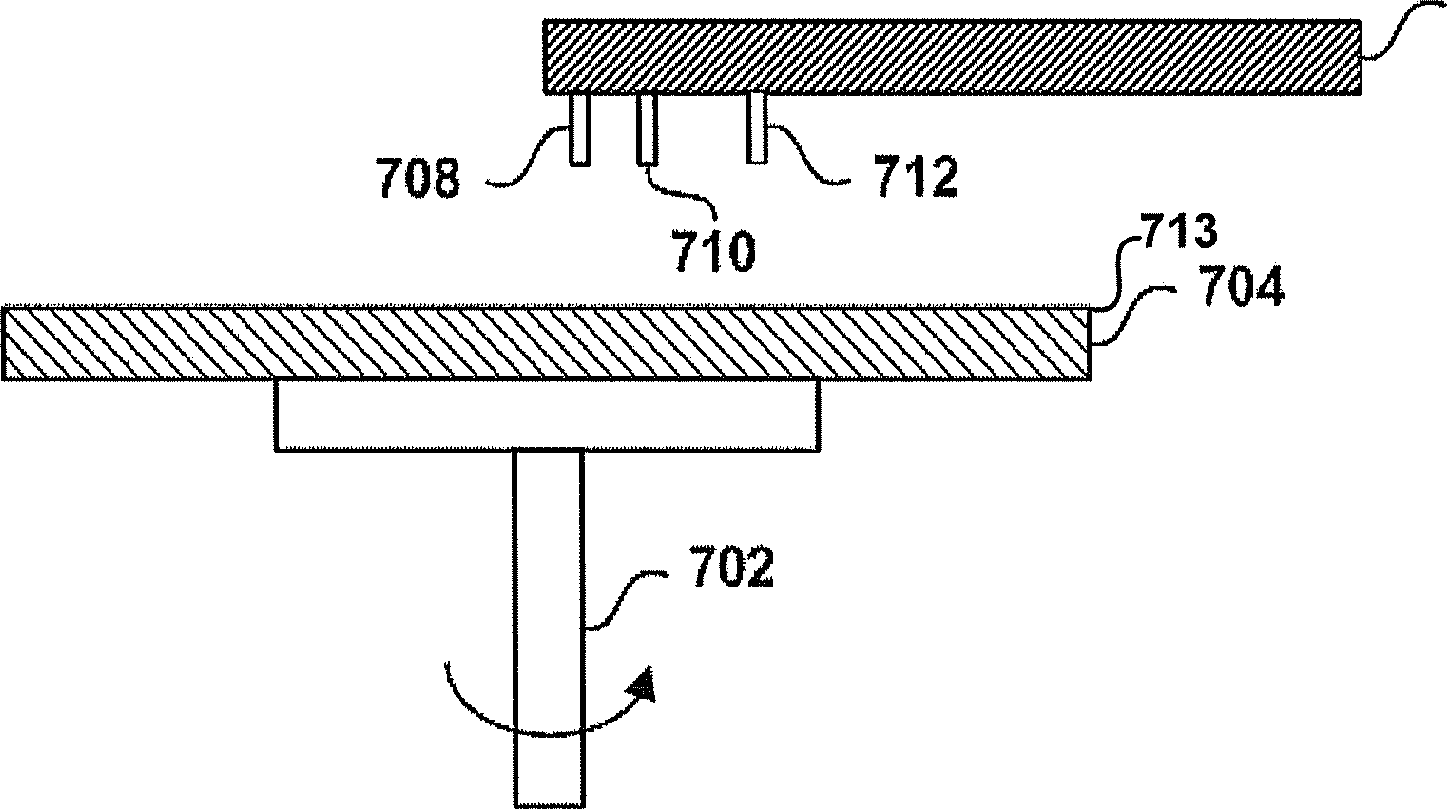
706
CD C
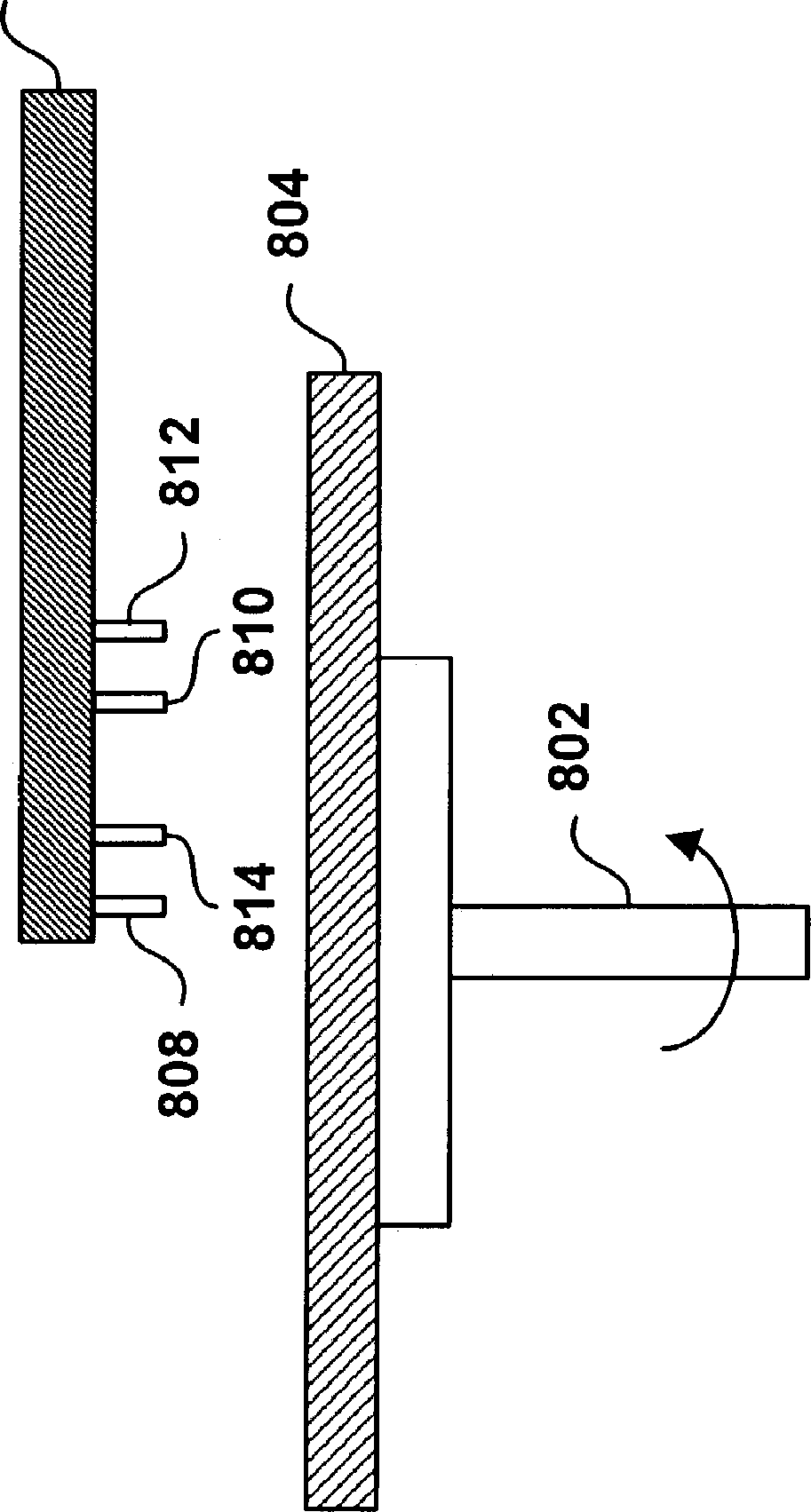
Co
LL
![]()
0
0
Co
![]()
NOZZLE
814
NOZZLE
108,
708,
808
NOZZLE
110,
710,
810
NOZZLE
712,
812
FIGURE
ON
OFF
ON
OFF
OFF
ON
ON
OFF
ON
ON
ON
OFF
OFF
ON
OFF
1,7,8
OFF
ON
ON
OFF
1,7,8
OFF
OFF
ON
ON
7
(I)
Ji
Fig. 9
CD
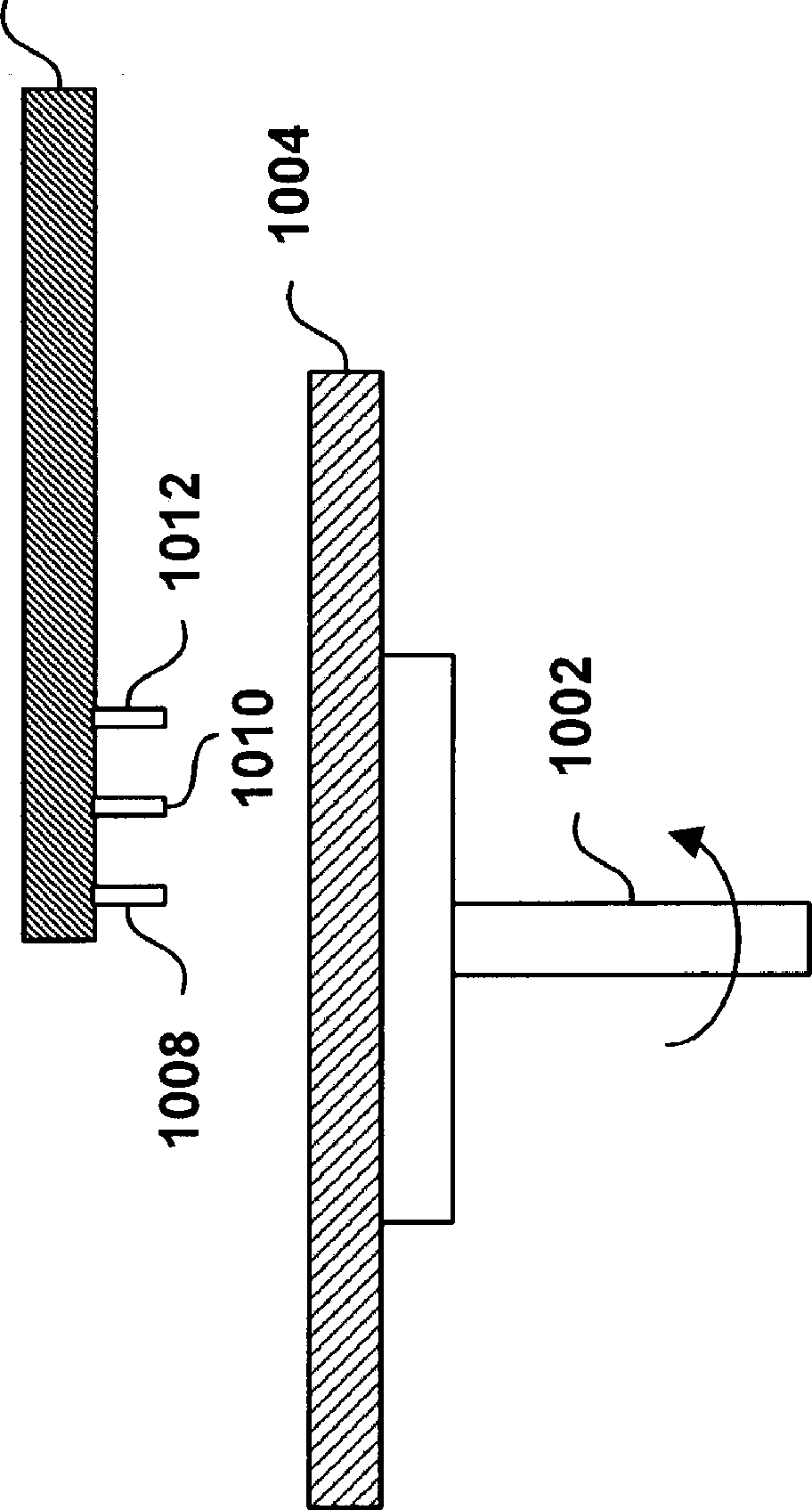
![]()
0
U-
![]()
C
0
0
![]()
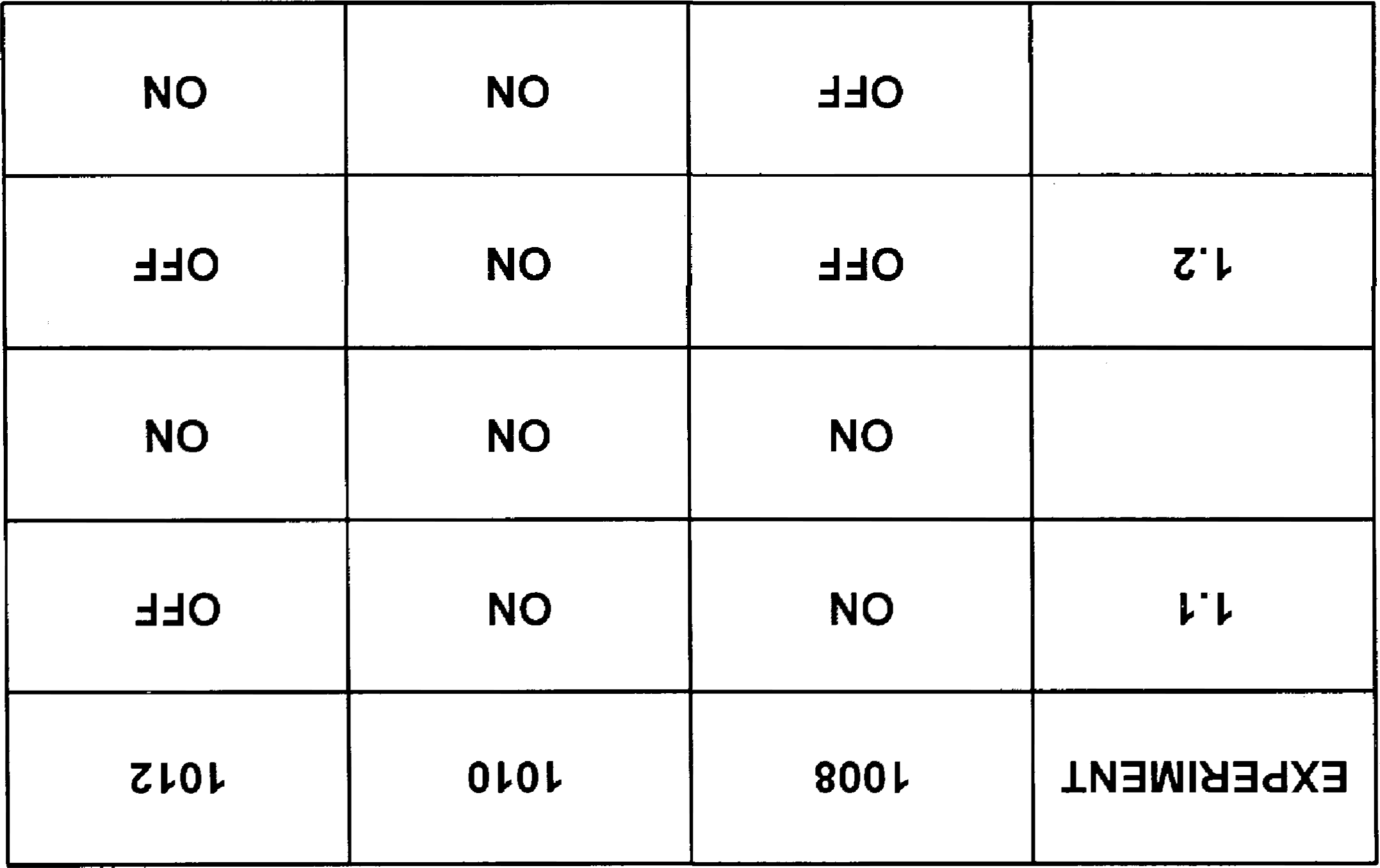
-.
“4
![]()
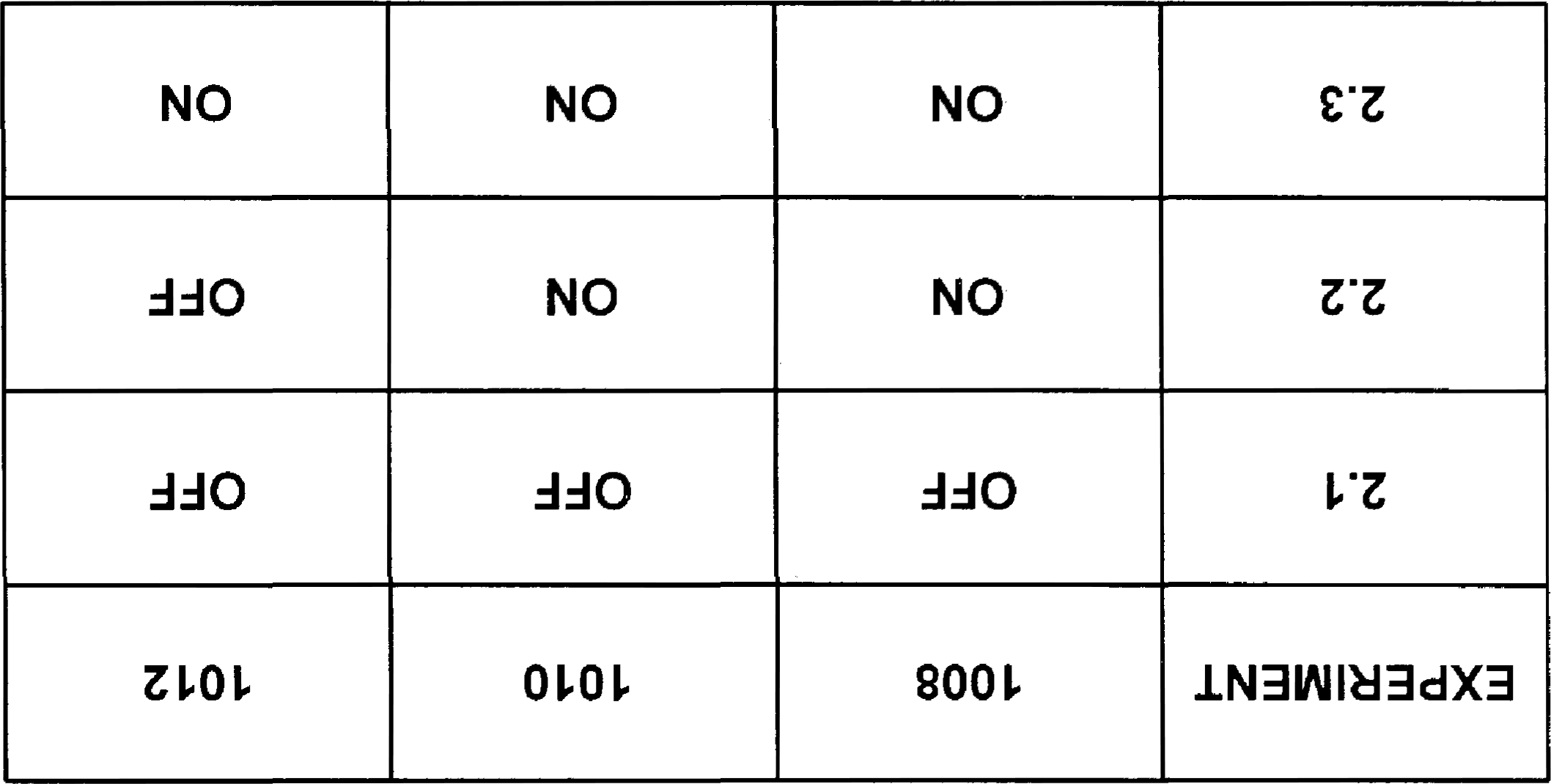
![]()
106
—
2.1 Spin 300rpm 75sec HFL
![]()
 2.2
Rotagoni
300rpm
30sec
HFL
2.2
Rotagoni
300rpm
30sec
HFL
2.3 Third nozzle 300rpm 30sec HFL
X 2.2 Rotagoni 300rpm 30sec hfb
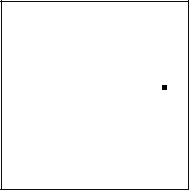 2.3
Third
nozzle
300rpm
30sec
HFB
2.3
Third
nozzle
300rpm
30sec
HFB
I I I I I
• • • • •
E
0
0
-e
ci)
eL)
. . . .
4’
ci)
=
100
* C, S
C
x
)c x
‘C ‘C
0 10 20 30 40 50 60 70 80
Distance from center (mm)
Fig. 13
Method and apparatus for removing a liquid from a surface of a substrate
CROSS REFERENCE TO RELATED APPLICATIONS
This application is a continuation-in-part of U.S. patent application Set No. 10/097,830, filed Mat 13, 2002, now U.S. Pat. No. 6,568,408, which is a divisional application of U.S. patent application Set No. 09/159,801, filed Sep. 23,
1998, Now u.S. Pat. No. 6,491,764. This application also
claims priority to U.S. provisional application Set No.
60/407,581, filed on Aug. 30, 2002.
U.S. utility application Ser. No. 10/097,830, U.S. utility application Set No. 09/159,801, U.S. Pat. No. 6,491,764, U.S. patent application Ser. No. 09/022,834, European patent applicationNo. 988700563, U.S. provisional application Ser. No. 60/059,929, U.S. provisional application Ser. No.
60/079,688, U.S. Provisional application Set No. 60/084,
651, and U.S. provisional application Ser. No. 60/407,581 are incorporated by reference in their entirety.
FIELD
The present invention relates generally to semiconductor processing, and more particularly, relates to removing a liquid from at least a portion of a surface of a substrate.
BACKGROUND
Substrates are commonly exposed to liquids during semi conductor processing. For example, a substrate may be chemically etched and cleaned many times during the course of fabrication. Typically, a water rinse follows each etch and cleaning operation. It is important that any liquid is removed, preferably completely, from the substrate to avoid defects in the finished product.
Many of the semiconductor processing operations that involve liquids are performed in a batch mode. However, many other processing operations are performed in a single substrate mode. For example, the processing operations of dry etching and deposition are typically performed on an individual substrate. Because of the variable delay between the cleaning process and other processes caused by having both batch and single substrate modes of processing, it would be desirable to have a single mode of processing a substrate.
One of the difficulties in converting the wet processing operations from a batch mode to a single substrate mode is the inability to remove liquids completely from the surface of a substrate during single substrate processing. One of the rea sons for this difficulty is that in a single substrate mode the substrate is generally positioned horizontally. The difficulty arises because the liquids need to be removed from both the top and bottom surfaces of the substrate when positioned horizontally.
One common method of removing liquids from a substrate surface is based on the Marangoni principle. The Marangoni principle provides that when substrates are pulled slowly through a water surface and a surface tension lowering sub stance is added, the surface tension gradient draws the water away from the surface, leaving it dry. However, liquid removal techniques that rely on the Marangoni principle require the substrates to be located in a vertical position.
Spin drying methods allow for horizontal substrate posi tioning. Spin dryers use high-speed rotation to literally throw the liquid off of the substrate surface. However, this technique
leaves undesirable residues, commonly referred to as drying marks, on the substrate surface. These drying marks are unde sirable as they can cause defects in the finished product.
A further limitation associated with removing liquids from a substrate surface in a single substrate operation mode is the desire to be efficient. Current semiconductor production lines process a substrate approximately every 1 to 3 minutes. Ide ally, a liquid removal operation should also be completed in this amount of time.
10 Drying methods that use surface tension reducing vapor do not efficiently remove liquid from a horizontally positioned substrate. In this regard, because the surface tension reducing vapor is passively applied, it is difficult to control the vapor and to efficiently remove the liquids. Additionally, such meth
15 ods may not be suitable for removing liquids simultaneously from both the top and the bottom of a substrate that is hori zontally positioned.
Therefore, it would be desirable to have a system and method of efficiently removing liquid from a surface of a
20 substrate positioned horizontally in a single substrate pro- cessing mode.
SUMMARY
25 In a first aspect of the invention, a method of treating at least a portion of one surface of a substrate is provided. The method comprises subjecting the substrate to movement and supplying only liquid (i.e., not supplying a gas) to at least a part of said surface of said substrate, wherein the subjecting
30 of the substrate to movement and the supplying of only liquid cooperatively remove the liquid from at least a portion of one
surface of a substrate. The substrate movement may prefer ably be rotary movement, or alternatively may be a linear or sweeping movement. The substrate movement should be understood as relative movement between the substrate and a liquid dispensing system. At least part of the surface of the substrate may be lyophobic. Also, at least part of the surface of the substrate may be lyophilic and lyophobic.
In a first embodiment of the first aspect of the invention,
40 only a liquid (and no gas) is supplied. The liquid may be a non-wetting liquid with respect to the substrate. The term non-wetting liquid as used in this specification means a liquid that is substantially removed from the surface of the substrate without leaving a liquid trace when an external force, such as
s centrifugal force or gravity, is applied to the substrate. A contact angle between the non-wetting liquid and the sub strate may be greater than 5 degrees, and preferably greater than 10 degrees. The liquid may include dissolved gasses and solids. The liquid may be a dilute aqueous solution. For example, the liquid may be an aqueous solution containing a dissolved gaseous substance, the gaseous substance replacing at least a portion of oxygen present in the aqueous solution (to avoid undesirable oxidation of the substrate).
The liquid may be a rinsing liquid. For example, the rinsing ss liquid may comprise H20, or a mixture of H20 and an acid, the mixture having a pH between 2 and 6. The liquid may also
be a cleaning liquid. For example, the cleaning liquid may comprise a mixture of NH4OH, H202 and H20; a mixture of HC1, H202 and H20; or diluted HC1; or a mixture comprising
60 03. The liquid may also be an etching liquid.
Subjecting the substrate to movement comprises subject ing the substrate to rotary movement, wherein the rotary movement has a center of rotation and an outer edge of rotation, and wherein supplying the non-wetting liquid com
65 prises supplying the non-wetting liquid to the substrate in a direction from the center of rotation to the outer edge of rotation. Furthermore, subjecting the substrate to movement
comprises subjecting the substrate to rotary movement hav ing a center of rotation, and wherein supplying the non- wetting liquid comprises supplying the non-wetting liquid using at least one nozzle. The nozzle directs the non-wetting liquid from substantially a center of the substrate towards an outer edge of the substrate.
